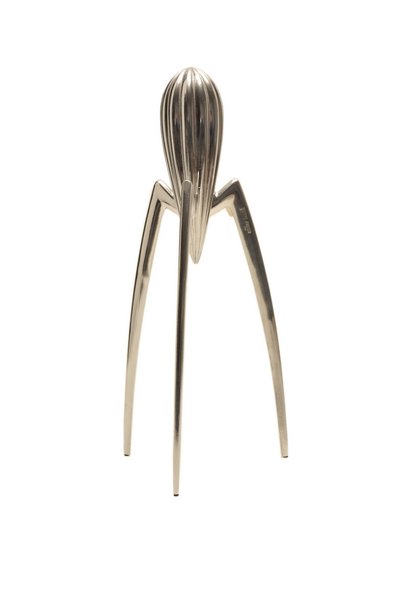Fate may have been hard on February by abstractly depriving it of its rightful quotient of days, taunting it indeed by giving it a 29th every four years as if to say "....it could be soooo good....": fortunately the museums of this world are less divisive, treat February as if it was any other month and February 2014 sees a wealth of interesting new exhibitions. In an architecture heavy selection our recommendations from the new openings include Arabian architecture at the Louisiana Museum of Modern Art in Denmark, Frank Lloyd Wright at the MoMA, New York and Tel Aviv's White City in Helsinki. In addition the Belgian gallery Grand Hornu Images is presenting an exhibition devoted to the lighting design of Alvar Aalto while the Hofmobiliendepot Vienna presents the uglier side of product design.
"Contemporary Arab. Architecture, Culture and Identity" at Louisiana Museum of Modern Art, Humlebæk, Denmark
The phrase "Orient" famously first arose to help westerners cope with the Arab lands. Anything and everything that came from "the East" was packaged as "Orient." Doing so made it understandable, romantic, exotic, dangerous, adventurous, controllable. Safe. And indeed wander today through any major European city and you'll discover numerous "Oriental" shops, restaurants, cafes etc. Some are Turkish, some Syrian, some Lebanese, some North African. All Oriental. For the second edition of their "Architecture, Culture and Identity" series the Louisiana Museum of Modern Art are presenting an exhibition aimed at exploring contemporary Arab culture as defined/explained/understood by architecture. To help us move away from our generic understanding of the Arab lands. Looking at both traditional Arab architectural and urban planning systems as well as the modern, high-tech glitz as probably best symbolised by the self aggrandizing hubris of Dubai, Contemporary Arab aims to present an overview of what links the Arab lands. And so by extrapolation what separates them.
Contemporary Arab. Architecture, Culture and Identity opens at the Louisiana Museum of Modern Art, Gl. Strandvej 13, 3050 Humlebæk, Denmark on Friday January 31st and runs until Sunday May 4th
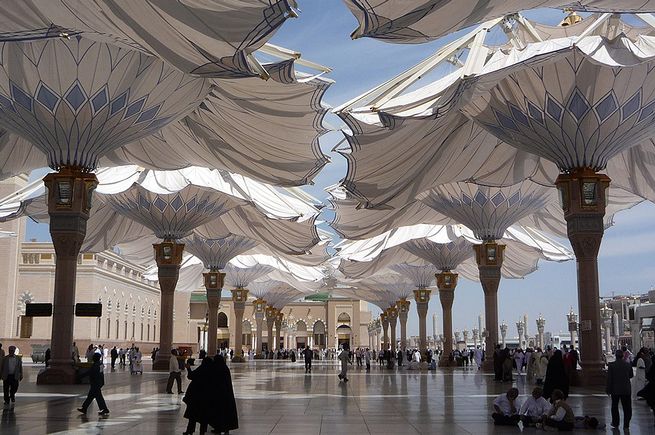
"Frank Lloyd Wright and the City: Density vs. Dispersal" at the Museum of Modern Art MoMA, New York, USA
In his 1932 book The Disappearing City the father of American modernism Frank Lloyd Wright first presented his conceptual "Broadacre City", a utopian suburb of the future in which every family had their own plot of land, transportation was almost exclusively by private car and telephones opened up exciting new communication opportunities.
In 1935 Frank Lloyd Wright built a 4 metre x 4 metre scale model of one unit of Broadacre City and in November 1940 it was displayed in the MoMA New York as part of the exhibition "Frank Lloyd Wright: American architect"
And in February 2014 it will be presented again.
Exploring Frank Lloyd Wright's thinking on urban planning and the requirements for development in habitation "Frank Lloyd Wright and the City: Density vs. Dispersal" will present a selection of the architect's projects that present different aspects of his reasoning, including the Call Building in San Francisco, Manhattan’s St. Mark’s-in-the-Bouwerie Towers and of course Broadacre City.
Looking back it may be all to easy to scoff at some of Frank Lloyd Wright's ideas, and indeed in some cases the scoffing is more than merited; however, one should never forget to look beyond the finished project and to try to understand the logic the led to the result.
Frank Lloyd Wright and the City: Density vs. Dispersal opens at the Museum of Modern Art MoMA, 11 West 53 Street, New York, NY 10019 on Saturday February 1st 2014 and runs until Sunday June 1st 2014.
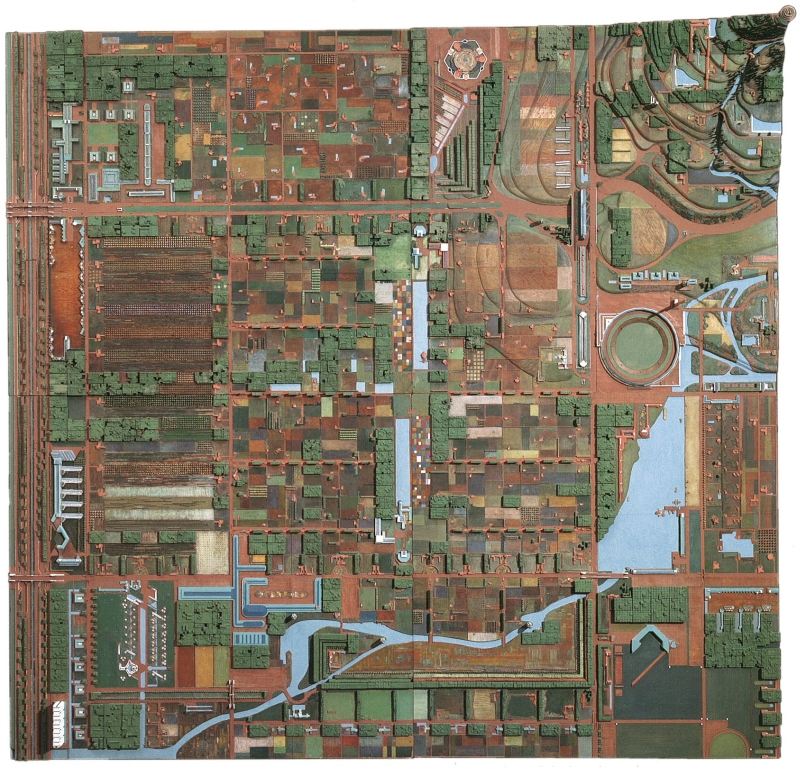
"Alvar Aalto. Lightings." at Le Grand Hornu Images, Hornu, Belgium
With the glow of the Vitra Design Museum's Lightopia exhibition fading towards its final extinction on March 9th, Belgium's Le Grand Hornu Images open a further exhibition exploring the curious world of lighting design. Or better put of one lighting designer. Although unquestionably best known for his furniture designs, as a practitioner of the Gesamtkunstwerk Alvar Aalto created all features and fitting for his buildings - including the lighting. To help illuminate the development and identify central aspects of and in Alvar Aalto's lighting designs Le Grand Hornu have conceived an exhibition concept that focusses on seven projects: the Paimio Sanatorium, the Savoy restaurant in Helsinki, The National Pensions Building, Säynatsälo Town Hall, Jyväskylä University and the private house projects Villa Mairea and the home of the art collector Louis Carré.
As such Alvar Aalto. Lightings introduces and explains the background to objects such as the "Golden Bell" - marketed today by Artek as the A330 - the floor lamp A809 and the Beehive lamp. And so, hopefully, helps us more accurately place Aalto's canon in the wider context of mid-20th century lighting design.
In a particularly interesting sounding feature the exhibition opens by making the visitors walk over a pontoon bridge spanned across an artificial lake - thus allowing one to enjoy the lamps, and their luminescence, from all angles.
Alvar Aalto. Lightings opens at Le Grand Hornu Images, Rue Sainte-Louise, 82 7301 Hornu, Belgium on Sunday February 9th 2014 and runs until Sunday May 4th 2014.
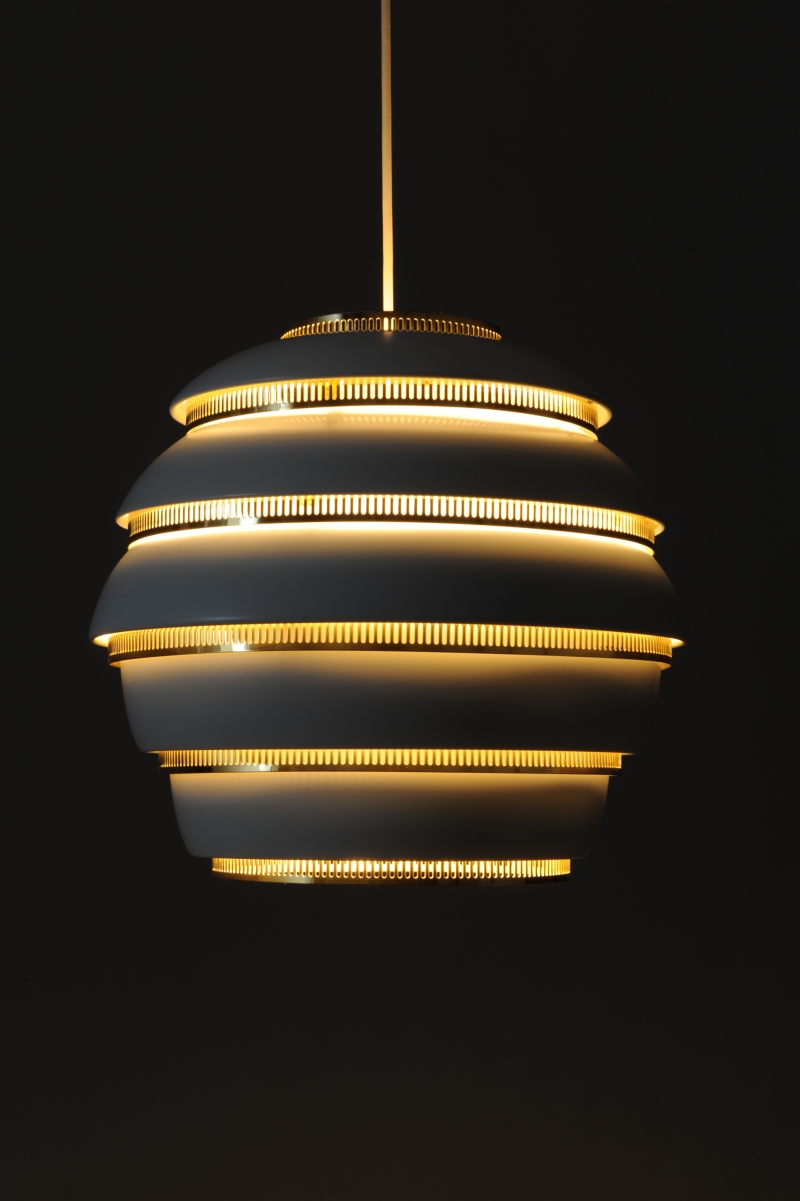
"The White City - Tel Aviv's Modern Movement" at the Museum of Finnish Architecture, Helsinki, Finland
Although often mistaken as being a pure Bauhaus project Tel Aviv's White City ain't. It is however a project that owes its origins to the thinking of the early years of the European Modernist movement and the teachings of the Bauhaus school. And regardless of its provenance the White City is and remains one of the most fascinating and genuinely endearing examples of modernist architecture and urban planning.
Following the UNESCO decision in 2003 to list the White City as a World Heritage Site the architect Tal Eyal was commissioned to produce an exhibition celebrating the White City and explaining the context of its creation and the ideals of its creators.
The exhibition has been touring pretty much continuously since it was premièred in Tel Aviv in 2004, if you've not seen it, and happen to be in or near Helsinki this spring, it is well worth a visit.
The White City - Tel Aviv's Modern Movement opens at the Museum of Finnish Architecture, Kasarmikatu 24, 00130 Helsinki, Finland on Wednesday February 12th 2014 and runs until Sunday March 30th 2014
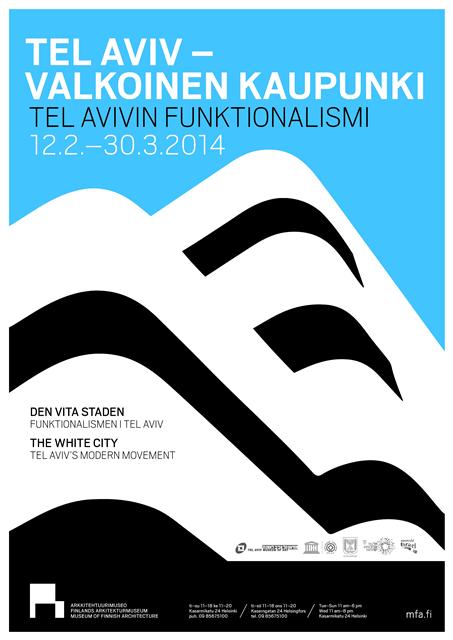
"Evil Things – An encyclopaedia of bad taste" at Hofmobiliendepot, Vienna, Austria
Among the Philippe Starck quotes we included in our recent Design Calendar post was Starck's critique on Raymond Loewy's contention that "ugliness doesn't sell well."
That not only Loewy was wrong and that ugliness can indeed sell well, but also that ugliness itself is often slave to industry and production can be understood in the exhibition "Evil Things – An encyclopaedia of bad taste" at the Hofmobiliendepot, Vienna.
Conceived by the Werkbundarchiv – Museum der Dinge Berlin and premièred in the German capital in 2012, "Evil Things" presents an exploration of bad taste design from the 18th century until the present day, taking as its starting point the work of Gustav E. Pazaurek.
In 1909 Pazaurek, at that time director of the Stuttgart Museum of Arts and Crafts, opened a "Department of Lapses in Taste" where he not only displayed objects that demonstrated particular bad taste, but where he also developed a classification system to help him categorise these design crimes "it is only by eliminating bad taste that we can recognize what good taste is", being his credo.
Evil Things – An encyclopaedia of bad taste presents 60 items from that original chamber of horrors and pairs them with objects from the Museum der Dinge Berlin's collection and from the Hofmobiliendepot collection to present an exploration of bad taste in design over the centuries.
In addition the exhibition both places the modern items in Pazaurek's classification system, and adds new categories to reflect cultural, social and technological changes.
And the bitter irony? If we understand the press photos correctly, Philippe Starck is included in the exhibition. With a product that sells exceptionally well.......
"Evil Things – An encyclopaedia of bad taste" opens at the Hofmobiliendepot, Andreasgasse 7, 1070 Vienna, Austria on Wednesday 19th February and runs until Sunday 6th July 2014.
